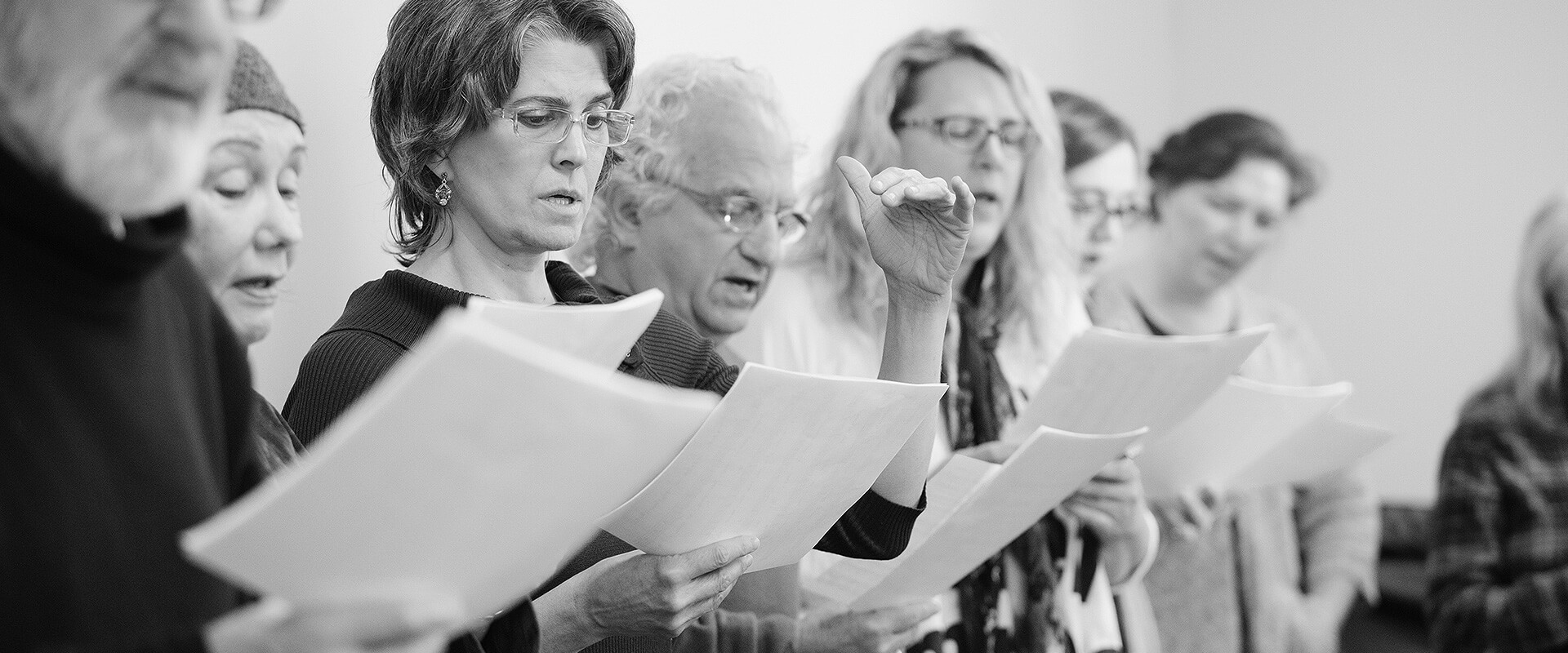Resonance (Projection)
Resonance is the amplification of phonation (the vibration of the vocal cords). Projecting your voice is achieved by accessing the body’s natural resonating chambers. These are empty spaces in your body through which the vibrations move before reaching the listener. Some of these spaces are located within soft tissue and some others are located within boney cavities. Resonance is passive because it receives the vibrations from the vocal cords, which are active. When singers push their voice, we could say that they are trying to “make active” something which by nature, is passive.
The primary vocal resonance is a much disputed point among singing teachers and on the internet. I’m not sure why this is so, as it is so obvious to me. Some teachers claim the primary resonance is in the head or the chest, you’ve likely heard the terms ‘head resonance’ and ‘chest resonance‘, but these are too far away from the vocal cords to be considered primary. Logically speaking, resonance would be an empty space located in the area closest to the vocal cords, would it not? It would also be something we can manipulate, because we can obviously manipulate the sound of our voice.
Located in the neck, just above the cords themselves is an area called the Pharynx and it is made up of soft tissue. The shape of the pharynx can change depending on how you hold your head and chest, and subsequently the affect they have on your neck position. Likewise, your vocal resonance, or tone quality, changes in relation to your neck positioning. In singing, we call these adjustments of head, neck and chest simply, alignment. (See Alignment)
Lots of teachers talk about alignment, but they don’t know exactly what it means; they often talk about alignment as a sound rather than a physical ajustement affecting the sound. Delving into technique should be about learning to make physical adjustments that affect your tone quality, not guessing at them by just manipulating your sound. Most teachers I have met take this backward approach. It works but its very slow and can lead to shortcuts that adversely affect your progress.
When you are able to both align the soft tissue spaces of the neck and relax them, they will provide more resonance or projection. Resonance, therefore, has more to do with neck alignment than any manipulation of the tongue or soft palate, or pushing your voice: play around with this idea while speaking and you will find it to be true. Now that you know where your primary resonance is, you will begin, perhaps, to access it naturally. If not, there are techniques which can be learned to maximize the warmth and power of your voice. These are techniques that go beyond what is needed in ordinary speech and exclusive to singers.
If you crane your neck forward to reach your microphone or if you raise your head up for that ‘big finish’ you are collapsing this crucial resonating chamber and losing your best tone qualities.
For more information or to book a private lesson, please go to the contact page.
 Montreal Voice Coach
Montreal Voice Coach